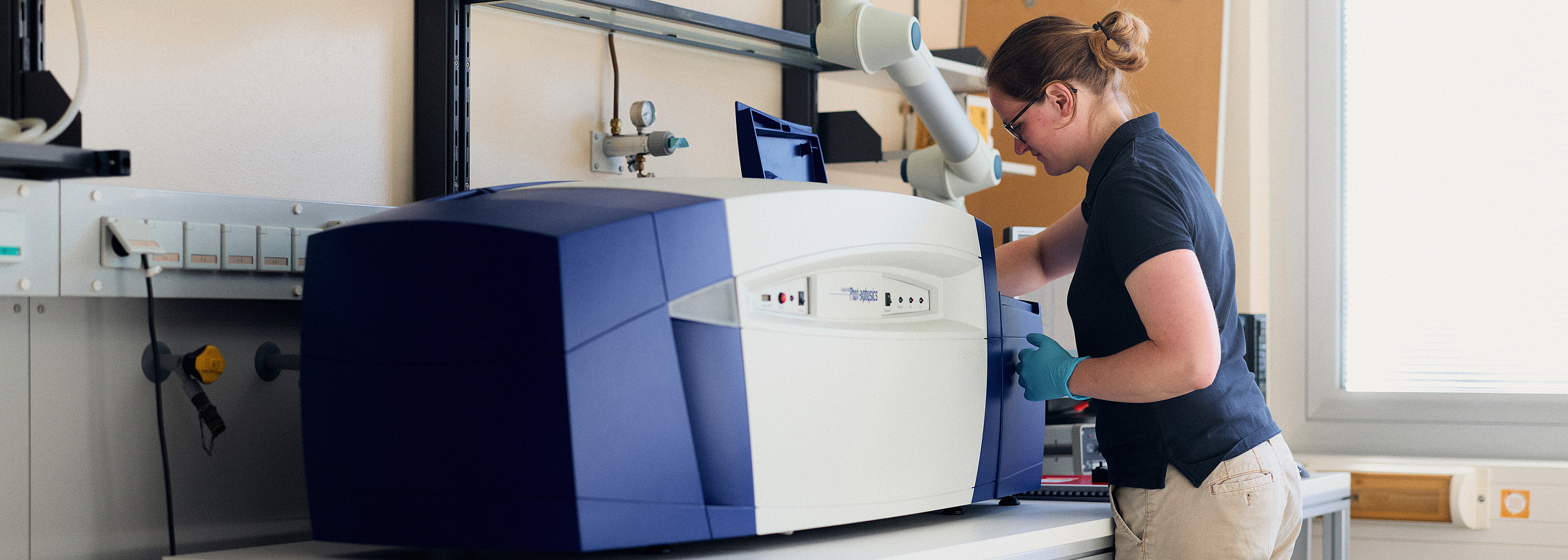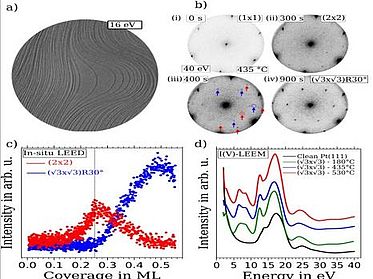
MAPEX Core Facility for Materials Analytics

What is MAPEX-CF?
The MAPEX-CF allows scientists from several disciplines to share and access a wide range of high-performance scientific equipment capable of characterizing the structure and the chemical state of materials, ranging from entire components at the cm scale all the way down to the atomic resolution at the pm to nm scale.
More than a tool box:
We work together to push materials analytics beyond the state of the art in five investigation areas, coupling experimental characterization with materials modelling and simulation.
3D Materials Analytics
We use X-rays to non-destructively inspect the three-dimensional distribution of matter inside the object of investigation.
mehr
Electron Microscopy
We investigate our samples using high-energy electron beams to obtain images with resolution down to the atom scale.
mehr
Surface Analytics
We combine microscopic and spectroscopic techniques to monitor processes at materials surfaces.
mehr
Spectroscopy
We perform in-situ and real-time chemical, electronic and optical characterization of materials under different conditions, e.g. to identify and map different phases.
mehr
X-ray Diffraction
We support structure investigations of materials from crystalline nanomaterials to macroscopic single crystals at ambient and non-ambient conditions.
mehr
Materials Modeling
We develop and apply computational methods from quantum mechanics to continuum theories to design and understand new materials and processes.
mehr
Find analytical equipment available in the MAPEX groups using our Instrument Database.
Research Highlights and News


Partial-to-fully oxidized spectrum of Ti₃C₂Tₓ MXene-derived TiO₂ free-standing films for nonvolatile high endurance memristive data storage

On-chip catalytic combustion of hydrogen using Pt and Ru quantum-crystallites on functionalized SiO₂ aerogels
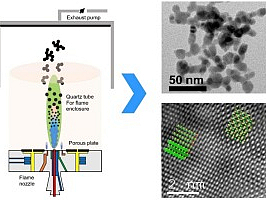
Gas phase synthesis of mixed Cu₁.₈S-ZnS particles and the terminal phases in the reducing atmosphere

Reactive transport modelling of autogenous self-healing: Impact of portlandite content and degree of hydration
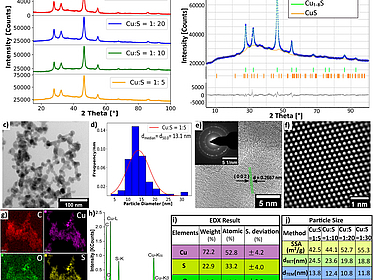
Controlled Synthesis of Copper Sulfide Nanoparticles in Oxygen-Deficient Conditions Using Flame Spray Pyrolysis (FSP) and Its Potential Application
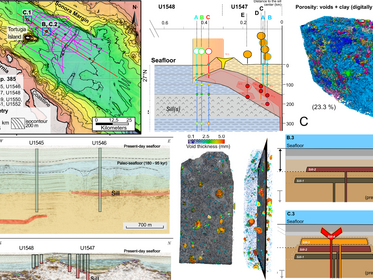
Sill Stacking in Subseafloor Unconsolidated Sediments and Control on Sustained Hydrothermal Systems: Evidence From IODP Drilling in the Guaymas Basin, Gulf of California

Stabilization of Ce³⁺ cations via U–Ce charge transfer in mixed oxides: consequences on the thermochemical water splitting to hydrogen
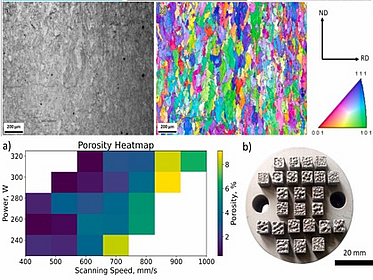
Making parts on Mars: Laser processing of iron contaminated by regolith simulant
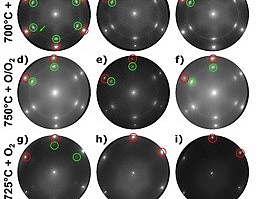
High-Temperature Growth of CeOₓ on Au(111) and Behavior under Reducing and Oxidizing Conditions
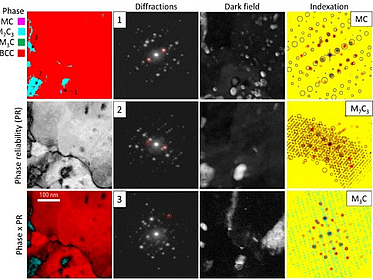
Effect of intrinsic heat treatment on the precipitate formation of X40CrMoV5–1 tool steel during laser-directed energy deposition: A coupled study of atom probe tomography and in situ synchrotron X-ray diffraction

Towards coupling agent-free composites made from regenerated cellulose/HDPE by UV radiation-induced cross-linking
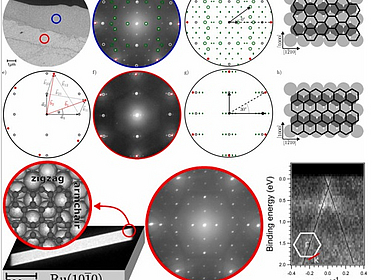
Hexagons on rectangles: Epitaxial graphene on Ru(1010)
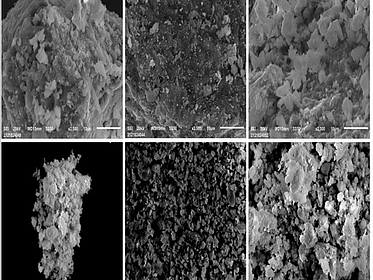
Plagioclase feldspars (Ca₁₋ₓNaₓ)(Al₂₋ₓSi₂₊ₓ)O₈: synthesis and characterizations of mechanical weathering relevant to Martian regolith
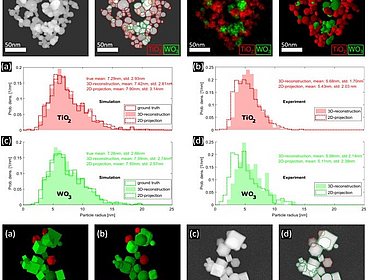
Characterization of structure and mixing in nanoparticle hetero-aggregates using convolutional neural networks: 3D-reconstruction versus 2D-projection

Synthesis, structural and spectroscopic characterization of defect-rich forsterite as a representative phase of Martian regolith

Photo Electrocatalytic Water Splitting Using Sn Doped In₂S₃ Homologous Series Synthesized in Oxygen Deficient Flame
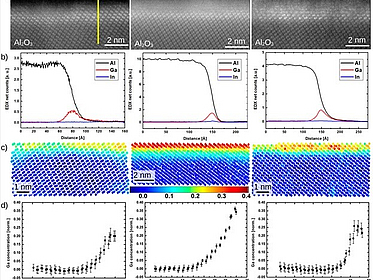
Composition and strain of the pseudomorphic α-phase intermediate layer at the Ga₂O₃/Al₂O₃ interface
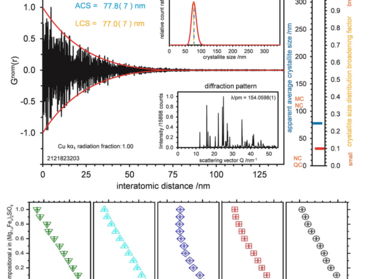
Mechanochemical synthesis of (Mg₁₋ₓFeₓ)₂SiO₄ olivine phases relevant to Martian regolith: structural and spectroscopic characterizations

Broadening the Realm of Nanoporous Gold Catalysts: Preparation and Properties When Emanating from AuCu as Parent Alloy
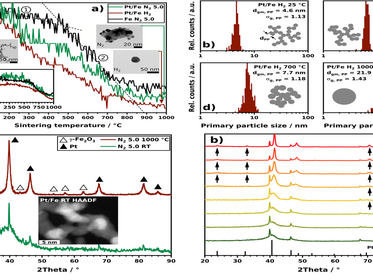
Synergizing ICP-MS, STEM-EDXS, and SMPS single particle analytics exemplified by superlattice L1ₒ Pt/Fe aerosol nanoparticles produced by spark ablation

Synthesis of a stable crystalline nitrene
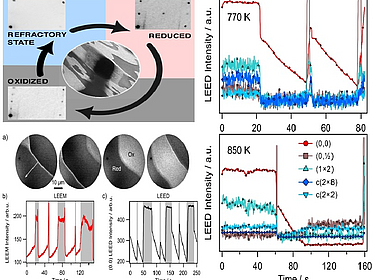
In situ Low-Energy Electron Microscopy of Chemical Waves on a Composite V-oxide/Rh(110) Surface
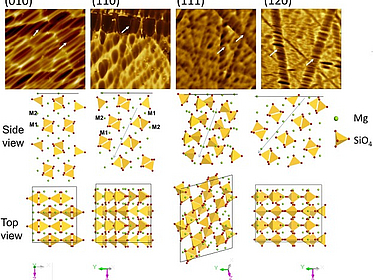
Influence of surface orientation on the variability of olivine dissolution rates
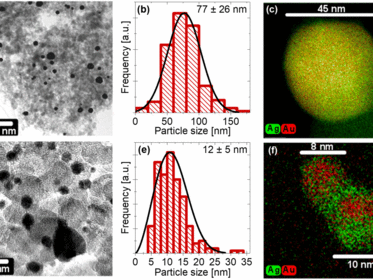
Tuning the morphology and chemical distribution of Ag atoms in Au rich nanoparticles using electrochemical dealloying
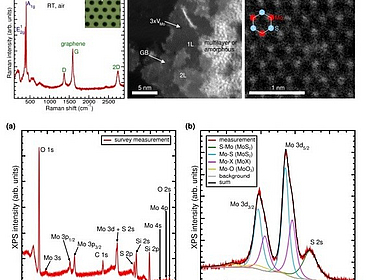
Atomic vs. sub-atomic layer deposition: impact of growth rate on the optical and structural properties of MoS₂ and WS₂

Using convolutional neural networks for stereological characterization of 3D hetero-aggregates based on synthetic STEM data
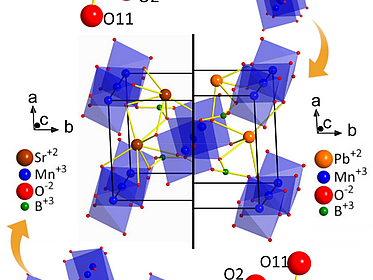
Synthesis and characterization of (Pb₁₋ₓ Srₓ )MnBO₄: a structural and spectroscopic study
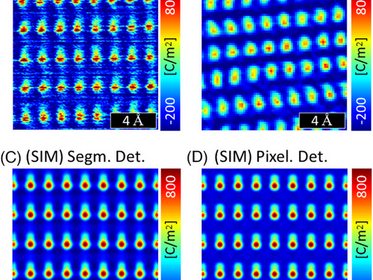
GaN atomic electric fields from a segmented STEM detector: Experiment and simulation
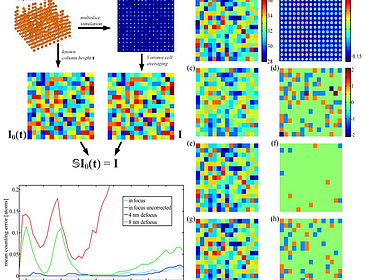
Atom counting based on Voronoi averaged STEM intensities using a crosstalk correction scheme

Growth, catalysis, and faceting of α-Ga₂O₃ and α-(InₓGa₁₋ₓ)₂O₃ on m-plane α-Al₂O₃ by molecular beam epitaxy

Characterization of mixing in nanoparticle hetero-aggregates by convolutional neural networks
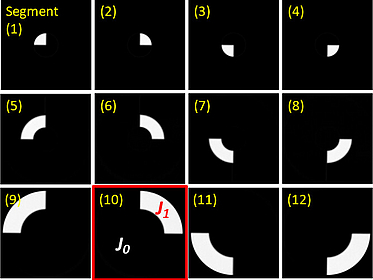
Sputter-Deposited β-Ga₂O₃ Films With Al Top Electrodes for Resistive Random Access Memory Technology

Growth and characterization of sputter-deposited Ga₂O₃ -based memristive devices

Gold Nanoparticle-Coated Bioceramics for Plasmonically Enhanced Molecule Detection via Surface-Enhanced Raman Scattering
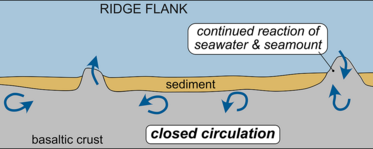
Timing of carbon uptake by oceanic crust determined by rock reactivity
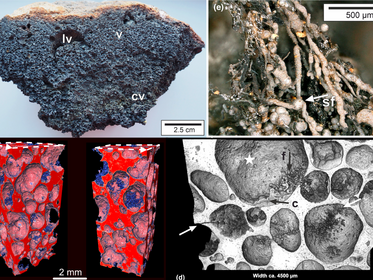
Dispersal of endolithic microorganisms in vesicular volcanic rock: Distribution, settlement and pathways revealed by 3D X-ray microscopy
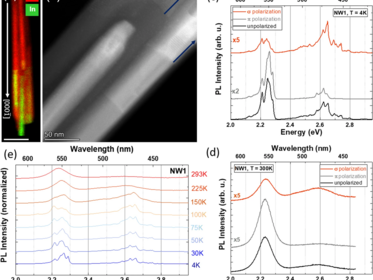
Correlative analysis on InGaN/GaN nanowires: structural and optical properties of self-assembled short-period superlattices

Low‐energy electron microscopy intensity–voltage data – Factorization, sparse sampling and classification

Oxygen Storage by Tin Oxide Monolayers on Pt₃Sn(111)
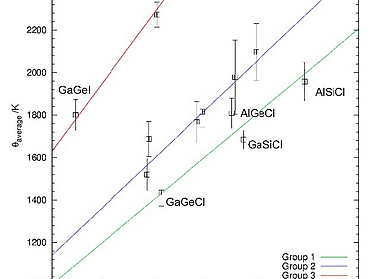
Halide-sodalites: thermal behavior at low temperatures and local deviations from the average structure
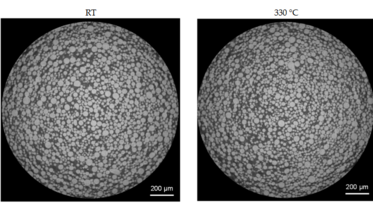
Gas Atomization of Duplex Stainless Steel Powder for Laser Powder Bed Fusion
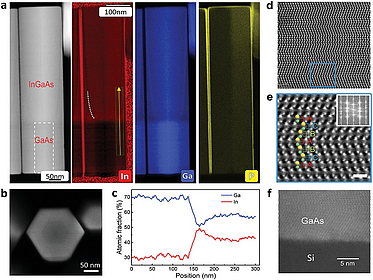
Deformed Honeycomb Lattices of InGaAs Nanowires Grown on Silicon-on-Insulator for Photonic Crystal Surface-Emitting Lasers

Growth Mechanism of Single-Domain Monolayer MoS₂ Nanosheets on Au(111) Revealed by In Situ Microscopy: Implications for Optoelectronics Applications
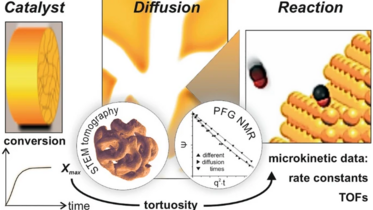
New Perspectives for Evaluating the Mass Transport in Porous Catalysts and Unfolding Macro- and Microkinetics
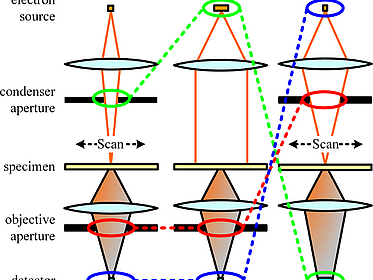
Dose efficient annular bright field contrast with the ISTEM method: A proof of principle demonstration

On red tin (II) oxide: temperature-dependent structural, spectroscopic, and thermogravimetric properties
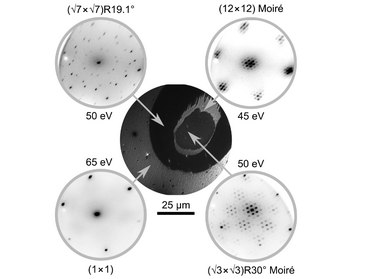
Phase Separation within Vanadium Oxide Islands under Reaction Conditions: Methanol Oxidation at Vanadium Oxide Films on Rh(111)

Effects of iron substitution and anti-site disorder on crystal structures, vibrational, optical and magnetic properties of double perovskites Sr₂(Fe₁₋ₓNiₓ)TeO₆
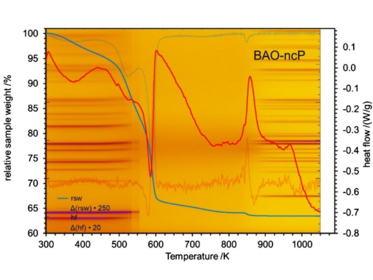
Nano-crystalline precursor formation, stability, and transformation to mullite-type visible-light photocatalysts

Investigation of the dealloying front in partially corroded alloys
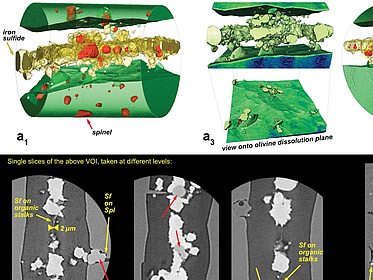
Enhanced weathering in the seabed: Rapid olivine dissolution and iron sulfide formation in submarine volcanic ash
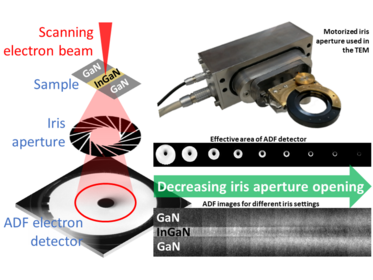
Angle-dependence of ADF-STEM intensities for chemical analysis of InGaN/GaN

Towards the interpretation of a shift of the central beam in nano-beam electron diffraction as a change in mean inner potential

Promoting Effect of the Residual Silver on the Electrocatalytic Oxidation of Methanol and Its Intermediates on Nanoporous Gold
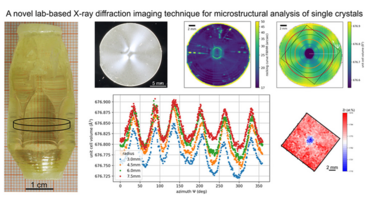
Revisiting the Growth of Large (Mg,Zr):SrGa₁₂O₁₉ Single Crystals: Core Formation and Its Impact on Structural Homogeneity Revealed by Correlative X-ray Imaging
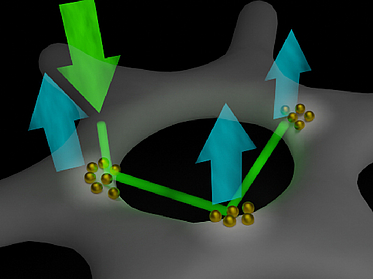
Plasmonic porous ceramics based on zirconia-toughened alumina functionalized with silver nanoparticles for surface-enhanced Raman scattering

Halide-sodalites: thermal expansion, decomposition and the Lindemann criterion

Structural, vibrational, thermal, and magnetic properties of mullite-type NdMnTiO₅ ceramic
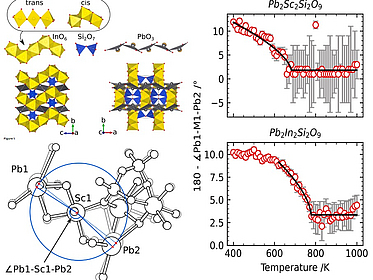
Thermal anomalies and phase transitions in Pb₂Sc₂Si₂O₉ and Pb₂In₂Si₂O₉

Structural Transitions Driving Interface Pulses in Methanol Oxidation on Rh(110) and VOₓ/Rh(110): A LEEM Study
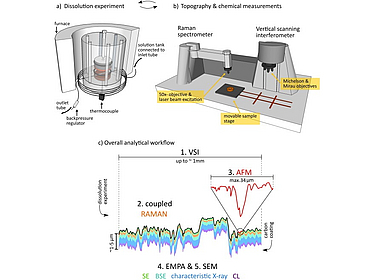
The role of crystal heterogeneity in alkali feldspar dissolution kinetics

Influence of Processing Route on the Surface Reactivity of Cu₄₇Ti₃₃Zr₁₁Ni₆Sn₂Si₁ Metallic Glass
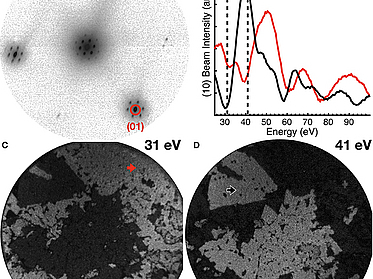
The Transition From MoS₂ Single-Layer to Bilayer Growth on the Au(111) Surface

Quantitative 3D Characterization of Nanoporous Gold Nanoparticles by Transmission Electron Microscopy

Multiscale investigation of olivine (0 1 0) face dissolution from a surface control perspective

Precise measurement of the electron beam current in a TEM
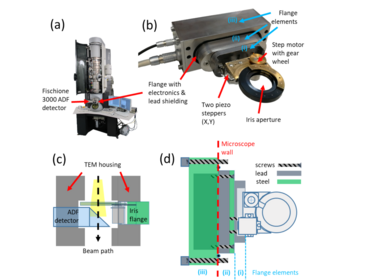
Angle-resolved STEM using an iris aperture: Scattering contributions and sources of error for the quantitative analysis in Si
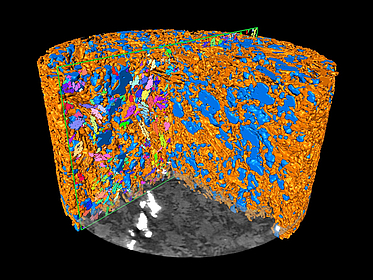
Morphological transition during prograde olivine growth formed by high-pressure dehydration of antigorite-serpentinite to chlorite-harzburgite in a subduction setting
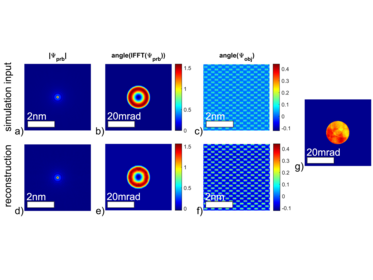
Accurate measurement of strain at interfaces in 4D-STEM: A comparison of various methods

The morphology of VO₂/TiO₂(001): terraces, facets, and cracks
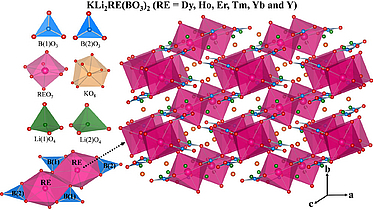
KLi₂RE(BO₃)₂ (RE = Dy, Ho, Er, Tm, Yb, and Y): Structural, Spectroscopic, And Thermogravimetric Studies on a Series of Mixed-Alkali Rare-Earth Orthoborates
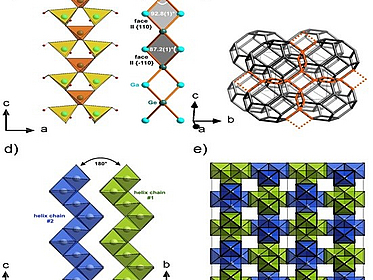
Crystal structure and temperature-dependent properties of Na₂H₄Ga₂GeO₈ – a novel gallogermanate

Influence of plasmon excitations on atomic-resolution quantitative 4D scanning transmission electron microscopy
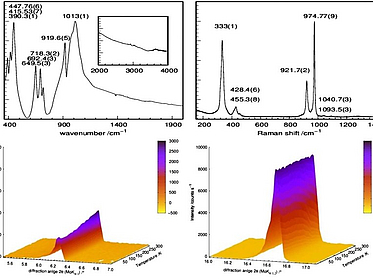
On the nature of the phase transitions of aluminosilicate perrhenate sodalite
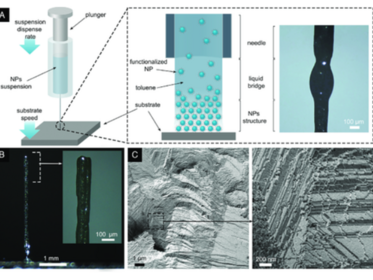
Strong Macroscale Supercrystalline Structures by 3D Printing Combined with Self‐Assembly of Ceramic Functionalized Nanoparticles
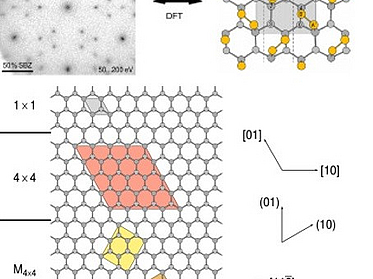
Adsorption of sulfur on Si(111)
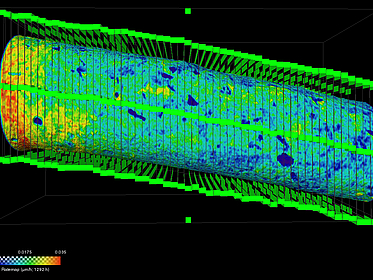
Crystal surface reactivity analysis using a combined approach of X-ray micro-computed tomography and vertical scanning interferometry
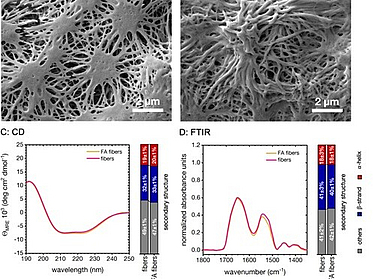
Controlling the Multiscale Structure of Nanofibrous Fibrinogen Scaffolds for Wound Healing
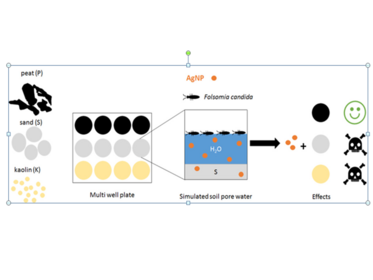
A new test system for unraveling the effects of soil components on the uptake and toxicity of silver nanoparticles (NM-300K) in simulated pore water
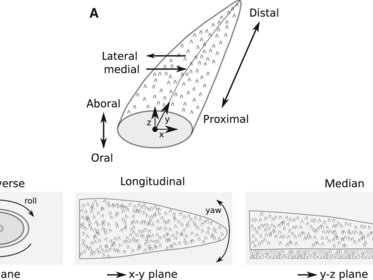
Morphology, shape variation and movement of skeletal elements in starfish (Asterias rubens)
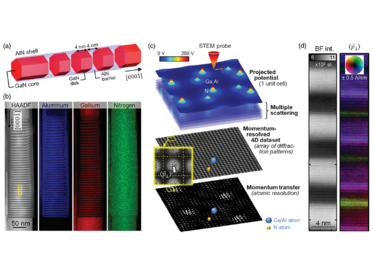
Electrical Polarization in AlN/GaN Nanodisks Measured by Momentum-Resolved 4D Scanning Transmission Electron Microscopy

Kinetic concepts for quantitative prediction of fluid-solid interactions

Influence of distortions of recorded diffraction patterns on strain analysis by nano-beam electron diffraction

Kinetics of pipeline steel corrosion studied by Raman spectroscopy-coupled vertical scanning interferometry
![Low-temperature anharmonicity and symmetry breaking in the sodalite |Na8I2|[AlSiO4]6 pic](/fileadmin/_processed_/8/c/csm_2018_Robben_et_al._38f3987a80.jpg)
Low-temperature anharmonicity and symmetry breaking in the sodalite |Na₈I₂|[AlSiO₄]₆
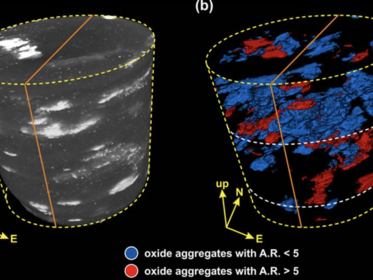
Textural evolution during high-pressure dehydration of serpentinite to peridotite and its relation to stress orientations and kinematics of subducting slabs: Insights from the Almirez ultramafic massif
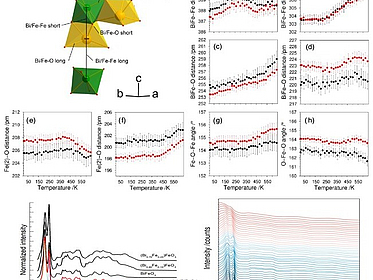
Temperature-dependent Structural and Spectroscopic Studies of (Bi₁₋ₓFeₓ)FeO₃

Discrimination of Ceramic Surface Finishing by Vertical Scanning Interferometry

Ambient occlusion – A powerful algorithm to segment shell and skeletal intrapores in computed tomography data
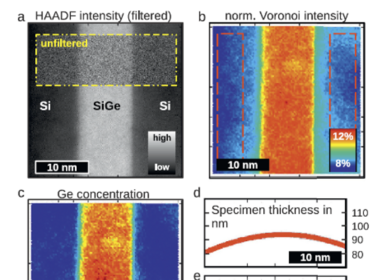
Quantitative HAADF STEM of SiGe in presence of amorphous surface layers from FIB preparation
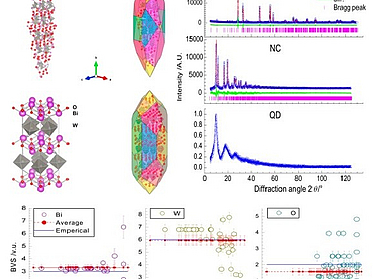
Structural and spectroscopic comparison between polycrystalline, nanocrystalline and quantum dot visible light photo-catalyst Bi₂WO₆
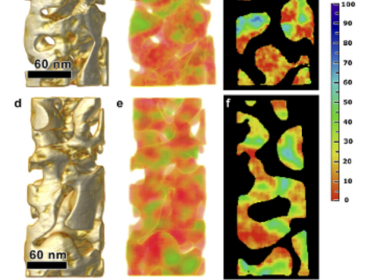
Quantitative determination of residual silver distribution in nanoporous gold and its influence on structure and catalytic performance
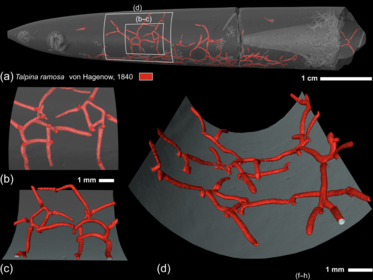
Classical and new bioerosion trace fossils in Cretaceous belemnite guards characterised via micro-CT
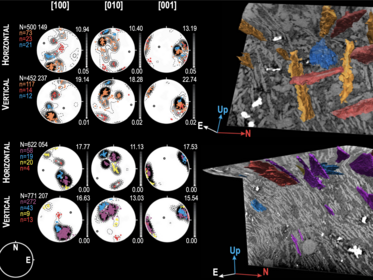
3-D microstructure of olivine in complex geological materials reconstructed by correlative X-ray µ-CT and EBSD analyses
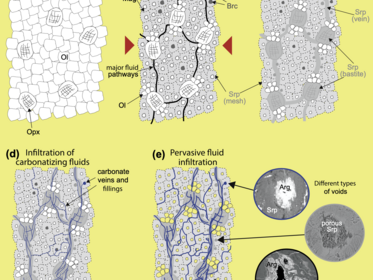
Reaction-induced porosity and onset of low-temperature carbonation in abyssal peridotites: insights from 3D high-resolution microtomography
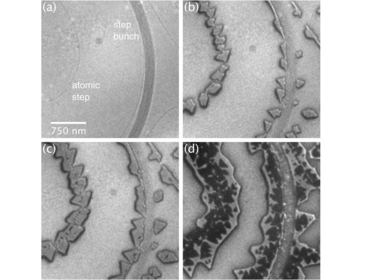
Growth and structure of ultrathin praseodymium oxide layers on ruthenium (0001)
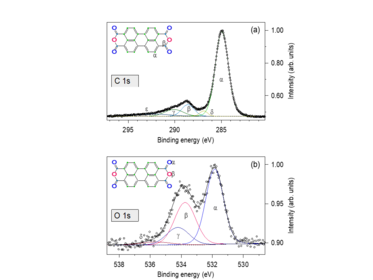
Isotropic thin PTCDA films on GaN(0001)

A new X-ray-transparent flow-through reaction cell for a μ-CT-based concomitant surveillance of the reaction progress of hydrothermal mineral–fluid interactions
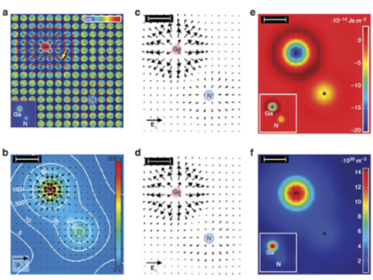
Atomic electric fields revealed by a quantum mechanical approach to electron picodiffraction
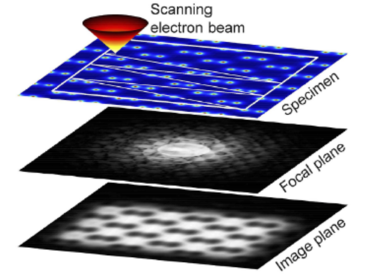
Conventional Transmission Electron Microscopy Imaging beyond the Diffraction Limit and Information Limits
for further research highlights, click here
Instrumentation co-funded by MAPEX
In 2025, a number of instruments were co-funded by MAPEX in the framework of the "Materials on Demand" project. Here, we present a regularly-updated overview of the instrumentation supported like this.
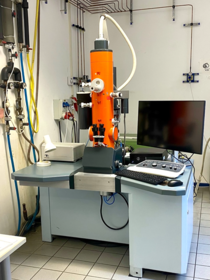
Zeiss EM900 - Transmission Electron Microscope

Ellipsometer
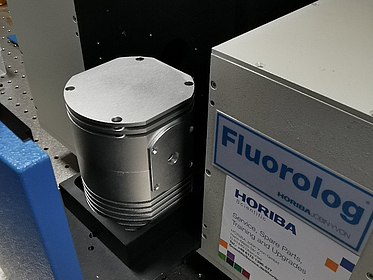
Integrating sphere
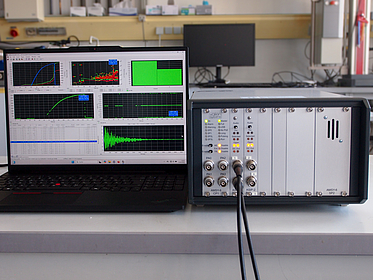
Acoustic emission
Instrument manager
Dr. Wilken Seemann
University of Bremen
IW3, Room 2190
Am Biologischen Garten 2
28359 Bremen
Phone: +49 421 218 64954
E-Mail: Instrument Manager
Science manager
Dr. Hanna Lührs
University of Bremen
IW3-Building, Room 2230
Am Biologischen Garten 2
28359 Bremen
Phone: +49 421 218 64580
E-Mail: MAPEX
Scientific coordinator
Prof. Dr.-Ing. Lucio Colombi Ciacchi
University of Bremen
TAB-Building, Room 3.30
Am Fallturm 1
28359 Bremen
Phone: +49 421 218 64570
E-Mail: Scientific coordinator




